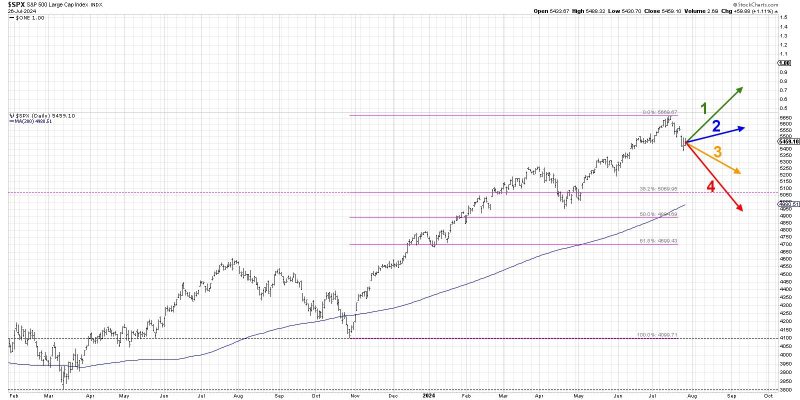The S&P 500 Index has been on a continuous upward trajectory since its lows in March 2020 when the COVID-19 pandemic caused a sharp market downturn. Investors have been closely watching the index, hoping for new milestones to be reached. One key question on everyone’s mind is whether the S&P 500 will break the 5000 mark by September.
Several factors play into the potential for the S&P 500 to reach 5000 by September. The first factor is the overall market sentiment and economic conditions. Despite ongoing global challenges such as inflation concerns, supply chain disruptions, and geopolitical tensions, the U.S. economy has shown resilience and continues to recover. Positive economic data, such as strong corporate earnings, robust retail sales, and decreasing unemployment rates, have bolstered investor confidence in the stock market.
Another significant factor contributing to the S&P 500’s potential surge to 5000 is the Federal Reserve’s monetary policy. The Fed has maintained an accommodative stance, keeping interest rates low and continuing its asset purchase program to support the economy. This monetary policy has provided liquidity to financial markets and encouraged investors to participate in risk assets like stocks. The prospect of continued monetary support could further propel the S&P 500 towards the 5000 level.
Furthermore, the strong performance of technology stocks, which constitute a significant portion of the S&P 500, has been crucial in driving the index higher. Companies in sectors such as technology, communication services, and consumer discretionary have demonstrated resilience and innovation throughout the pandemic, attracting investor attention and driving stock prices higher. If these sectors continue to outperform, they could be key drivers in pushing the S&P 500 above the 5000 mark.
On the flip side, there are risks and challenges that could hinder the S&P 500 from reaching 5000 by September. One major concern is the potential for a market correction or pullback. The stock market has experienced a prolonged period of gains, leading some analysts to raise concerns about overvaluation and the sustainability of current stock prices. A sudden shift in investor sentiment or an unexpected event could trigger a market downturn, preventing the S&P 500 from reaching the 5000 milestone in the near term.
Additionally, external factors such as the resurgence of COVID-19 variants, trade disputes, or geopolitical conflicts could introduce volatility and uncertainty into financial markets, impacting investor confidence and stock prices. These external risks highlight the importance of diversification and risk management in navigating the stock market and preparing for potential market fluctuations.
In conclusion, the possibility of the S&P 500 breaking the 5000 mark by September is a topic of great interest and speculation among investors. While several factors, including positive economic conditions, accommodative monetary policy, and strong performance in key sectors, could propel the index higher, risks such as market corrections and external uncertainties loom as potential challenges. Investors should stay informed, diversify their portfolios, and maintain a long-term perspective to navigate the dynamic landscape of the stock market.

